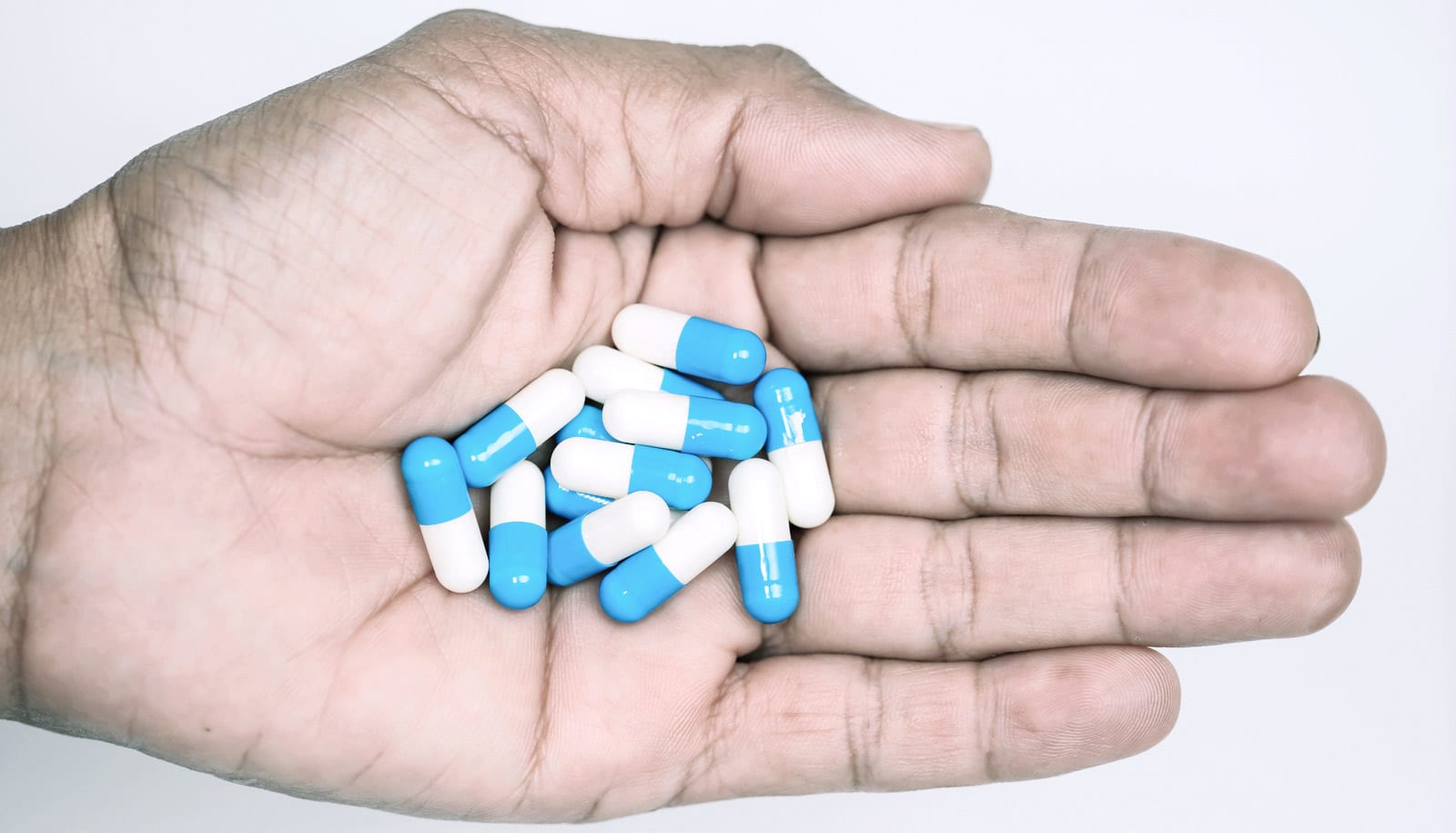Making opioid use disorder medication more accessible as a behind-the-counter drug could save lives, researchers say.
As of now, the Food and Drug Administration has approved only three medications to treat opioid use disorder: Methadone, naltrexone, and buprenorphine.
But the opioid-based medications require a prescription for use, which can make them difficult to obtain for people who urgently need them to avoid relapse.
In a new editorial in JAMA, Boston University addiction experts Payel Roy and Michael Stein argue for making one of these three medications, buprenorphine, more accessible to patients as a behind-the-counter drug that pharmacists monitor and administer.
Here, they discuss why they think behind-the-counter buprenorphine could make a difference for people suffering from opioid withdrawal who don’t want to relapse to using drugs like heroin or fentanyl or painkillers like oxycodone.
Why do so few individuals with opioid use disorder have access to medications like buprenorphine in the first place?
Roy: I could go on and on about this. When it comes to patients, there is still a lot of stigma around medications used to treat opioid use disorder. People feel that they are “still addicted” if they use opioid-based medications like buprenorphine as treatment, and prefer to try to stop on their own through meetings and groups.
The current research around addiction has suggested that addiction is a chronic disease–just like high blood pressure and diabetes. So, medications to treat this disease should be the first-line treatment, as we know that it is extremely difficult to quit [using opioids] on one’s own.
Medical providers often exhibit stigma related to patients with opioid addiction, too, making it difficult for patients to trust the treatment community.
Stigma gets in the way, but we also simply do not have enough treatment options for people. If trying one or two of the three available medications isn’t effective, I don’t have many other options to treat my patients.
For providers who do choose to treat patients with opioid use disorder, there are significant regulations around treatment.
To prescribe buprenorphine in particular, providers need to obtain a specific waiver from the Drug Enforcement Agency, which can bias many well-meaning clinicians into thinking that prescribing buprenorphine is too complicated or advanced for their practice.
Why is opioid use disorder treated with an opioid-based medication?
Roy: There are several treatments we use to help people with opioid addiction, including medications such as buprenorphine, methadone, and naltrexone, as well as behavioral interventions such as psychotherapy, Narcotics Anonymous, and other methods.
Opioid-based medications have some of the best efficacy for treating people with opioid addiction long term. Illicit opioids like heroin and fentanyl can cause addiction because they induce a euphoria very quickly, as well as an associated “low,” or withdrawal state, which causes people to want to use more.
Methadone and buprenorphine work because they can activate the same receptors that more addictive opioids like heroin and fentanyl activate, but without causing a euphoria. This allows the addicted brain to slowly begin to recover from all the highs and lows of illicit opioid use so people are in a more “normal,” steady state.
What could be the biggest benefit of having buprenorphine available behind-the-counter?
Stein: When every dose of heroin or fentanyl could kill you, having immediate access to buprenorphine at a pharmacy—morning or evening—could be lifesaving.
Most heroin and fentanyl and prescription pill users use multiple times every day, whereas buprenorphine is long-lasting, requiring a single dose daily, limiting exposure to potentially lethal illicit opioids.
To me, this upside and the possibility of reducing overdose deaths mitigate my real concerns about this new idea.
Roy: I think it could do a few things. One is that we can help make the choice easier between illicit fentanyl or buprenorphine when people are feeling sick from opioid withdrawal. Another is that people could start on treatment right away, rather than waiting for a clinic appointment. Third, this process would reduce and hopefully eliminate the black market for buprenorphine. And finally, we would be legalizing what some of our patients are doing already, which is taking buprenorphine without a prescription.
In fact, a person’s prior experience with buprenorphine, whether provided legally or illegally from a friend, predicts whether or not a patient will walk into my office looking for treatment.
In that way, we hope that a low-barrier access model to buprenorphine may help reduce overdose deaths and encourage people with opioid addiction to enter into treatment.
Have you seen the effects of buprenorphine in your own practices?
Roy: It’s like night and day, seeing patients when they first come in versus when they are stabilized on treatment. Given the limitations I mentioned previously, not all of my patients stay on long-term; some come and go. But if you look at people who remain on treatment, you would have no idea they had an opioid addiction in the past. My patients are able to regain custody of their children, run their own businesses. It’s truly remarkable.
Are there any similar medications for opioid use disorder that are distributed behind-the-counter?
Roy: Unfortunately, there is no similar medication at this time. Other countries, like Canada, have shifted to having pharmacists monitor buprenorphine dosages, so patients are dosed with their medication under supervision at the pharmacy counter.
We believe a behind-the-counter model would remove the need for a doctor’s prescription, but still allow for patient monitoring and careful tracking of the amounts of buprenorphine that people purchase.
Given how serious this epidemic has become, what is your level of concern that this medication could be misused or abused?
Roy: I am definitely less concerned about people with opioid addiction misusing buprenorphine compared with misusing more dangerous opioids like oxycodone, fentanyl, or heroin.
Given the way buprenorphine works, overdose risk is relatively low compared to other opioids. People with opioid addiction will not feel a euphoria from taking buprenorphine, thereby limiting its potential addictive effects. While people can develop a physical dependence, addiction to buprenorphine is rare.
The main concern should be that if we make it available behind-the-counter, people who do not have an opioid addiction may develop one. Or, people with chronic pain might use buprenorphine to self-medicate. Lastly, just like any other opioid medication, children may be accidentally exposed as it becomes more available in general.
It is for this reason that we have suggested some limitations, like setting quantity limits, that should not hamper a person’s ability to obtain the medication they need, but can prevent overuse or misuse.
Roy is a Boston University School of Medicine addiction medicine fellow and an internist at Boston Medical Center. Stein is chair of the health law, policy, and management department at Boston University’s School of Public Health.
Source: Boston University



